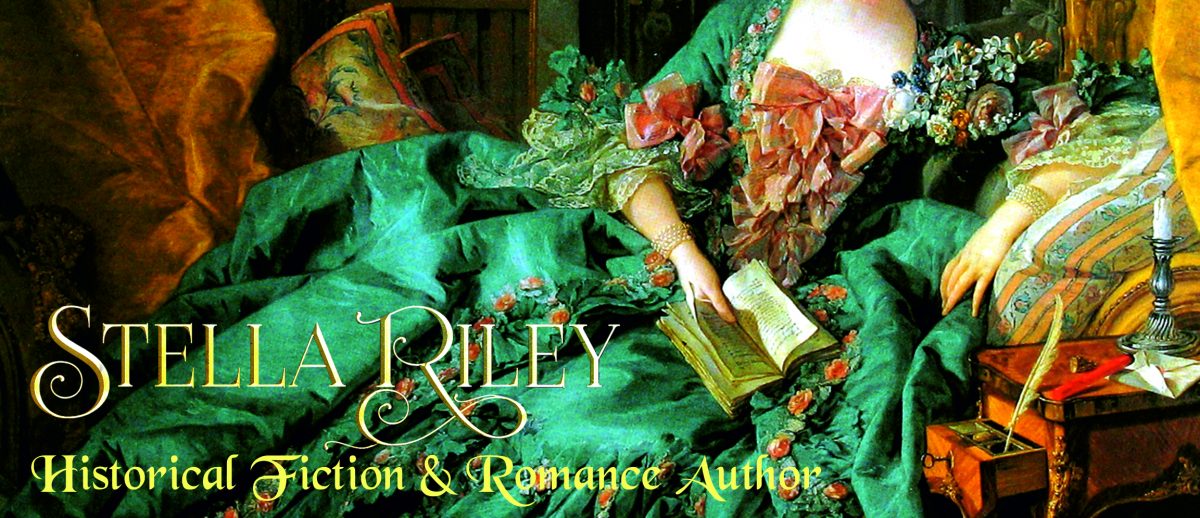Basic cut-and-thrust broadswords favoured by cavalry officers and used throughout the Civil Wars were made in England between 1625 and 1670. They had a wooden or corded grip, a metal basket-hilt to protect the hand and usually a two-edged blade between thirty-three and thirty-four inches long. In 1645, two hundred of them were made for the New Model Army at a cost of five shillings each – hard to believe these days.
The main point of interest in these swords lies in the basket-hilt. These were frequently decorated in some form or other; a coat-of-arms, a man in armour, intricate patterns of leaves – presumably whatever the purchaser wanted and was willing to pay extra for. (It is reasonable to assume that the five-shilling ones, being mass-produced, were plain.)
But following the execution of Charles l in January 1649, a new trend was born. Basket-hilts started to be engraved with small portraits of long-haired men with pointed beards; faces bearing a striking resemblance to the late King. And these blades – which were only made in England – soon became known as mortuary swords.
It’s impossible to know how many were made but authentic 17th century examples are now very rare. However, a few days ago I was lucky enough to acquire one – to be honest, something I’ve wanted for years but never expected to own – so hence my excitement and this post.
When you hold a significant piece of history in your hand, it’s hard not to speculate about its own particular story. I know that my sword would have been made around 1650 and that it almost certainly belonged to a cavalry officer. I can guess that its first owner was probably a Cavalier because it seems unlikely that the Roundheads wanted Charles l memorabilia. And because my sword has seen some action – though not a great deal – I can wonder if it was at Dunbar in 1650 or Worcester in 1651.
Its edge is still extremely sharp, its point thoroughly wicked … and it is still capable of doing a great deal of damage. And the weight of it gives me a healthy respect for the strength and stamina of the men who wielded weapons like this whilst on horseback.





How interesting. Seeing (and, I imagine holding) such an artefact must bring history alive in new ways. I knew of basket hilts but had not seen one but had not heard of mortuary swords – fascinating. These kinds of facts make historical fiction so rich and why I love it so much.
Totally agree, Jill – and as far as facts go, there’s always something new to discover. One of the first things I wondered when I first bought the sword was how much its original owner paid for it. That was when I found out about the five shilling ones made for the New Model – so I guess my guy probably paid about seven shillings and sixpence!
I can only imagine how thrilled you must be to own such a sword, Stella.
Would love to own a broadsword… #swordenvy
Well, it’s taken me years, Alison – so there’s always hope!
Yes, I’m thrilled and would love to know about the cavalryman who originally owned it – though of course I can only imagine him. Maybe Ashley Peverell, after his new business took off?
How exciting, Stella. I would love to own something like that – if only it could tell you its story! I love old doors in ancients buildings – the thought of the people through the ages who have walked through or touched them really fires my imagination.
Reblogged this on A Sweet Disorder and commented:
Lucky you! Mine is a replica – although it’s also seen quite a lot of action 🙂
Congratulations on obtaining your fantastic sword! If you hold it I’m sure you will feel the whisperings of a cavalier with a story to tell.
Thank you, Dot. Needless to say, I’m delighted to own a piece of 17th century history.